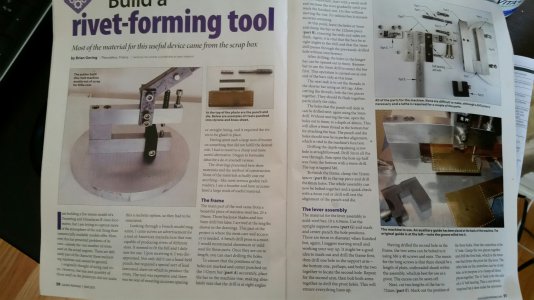I know I am a bit late to the discussion, but I will toss in my thoughts anyway

I can't imagine taking on a project like this with out a sensitive drill.
So, my suggestion is to get a copy of George H. Thomas's "Workshop Techniques." In it he describes the very nice and very flexible Universal Pillar Tool. This tool was originally designed to be a device for riveting and stamping, he improved during the design stage to act as a sensitive drill (and a guide for taping). You can build it from bar stock or buy the castings.
Either way, it would greatly reduce the effort involved in making your rivets no matter what method you choose.
You could easily drill the half round hole suggested with a micro ball endmill with a sensitive drill (I like this idea the best).
You could make little rivets and stake them in, one guy I read actually staked over 15,000 little rivets on a model engine with the UPT.
You could form the rivets as you described from thin sheet and invert.
And too boot, you end up with a pretty nice tool that will be very handy for the entire project.
The tool is designed to be made by someone with a 7" lathe, though it will be easier if you have a mill as well.
http://modelenginenews.org/~modeng74/meng/upt/index.html
castings can be had from Gary at Martinmodel.com
http://martinmodel.com/MMPtools.html
-Josh


